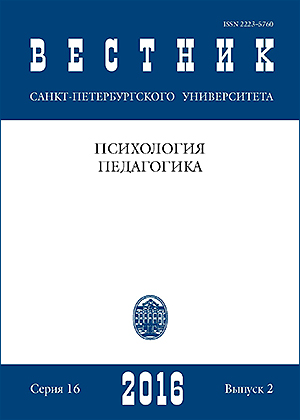Ракурс психического образа и его роль в мысленной проработке двигательных навыков
Аннотация
В настоящей статье выводится концептуальная основа, объясняющая эффективность «внешних» и «внутренних» образов при выполнении конкретных спортивных задач. В качестве факторов, определяющих специфику таких задач, предлагается рассматривать особенности прорабатываемого движения (значение скоростно-силового компонента, мелкой моторики и внешнего соответствия определенной форме), уровень мастерства спортсмена, направленность его внимания на указанные аспекты представляемого движения, реалистичность создаваемого им образа, а также мысленное переживание конкретных действий в противовес целостным событиям.
Ключевые слова:
мысленная проработка, ракурс мысленного образа, формирование двигательных навыков, мотивационная функция образа, теория интерпретации действия
Скачивания
Библиографические ссылки
References
Опубликован
Как цитировать
Выпуск
Раздел
Лицензия
Статьи журнала «Вестник Санкт-Петербургского университета. Психология» находятся в открытом доступе и распространяются в соответствии с условиями Лицензионного Договора с Санкт-Петербургским государственным университетом, который бесплатно предоставляет авторам неограниченное распространение и самостоятельное архивирование.




